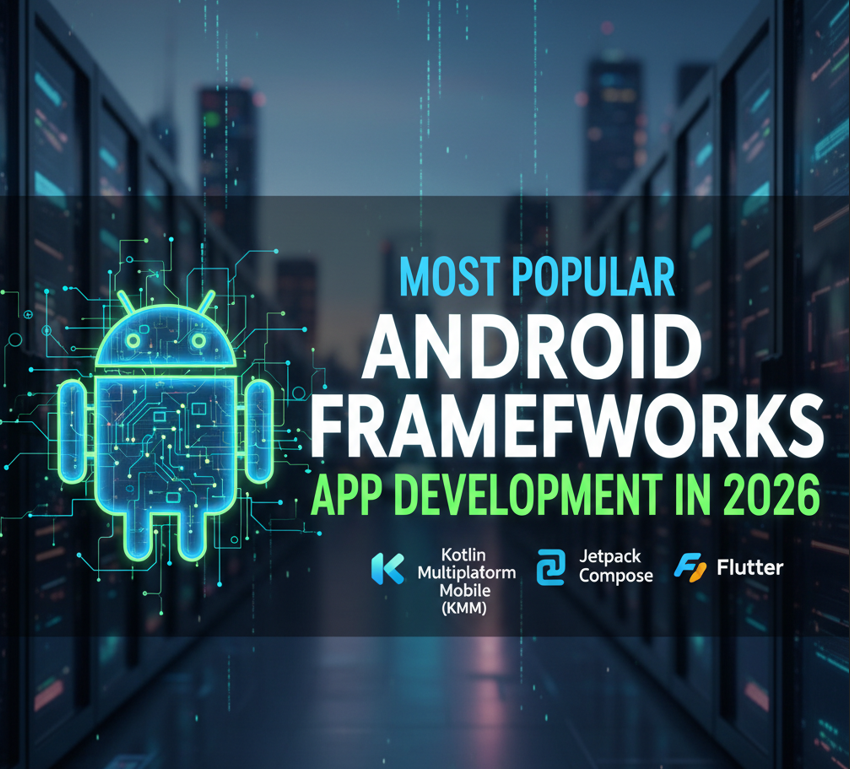Quick note:
- The mobile witnesses more traffic users for application about 62.54%, which is more than half of the percentage.
- India has the most mobile app downloads, followed by the US, Brazil and China.
- 21% of Millennials open an app 50+ times per day.
- The average smartphone owner uses 10 apps per day and 30 apps each month.
- You can find mobile app developers for hourly rates in India between $ 20 and $40 and a typical app ranges from $10,000 to $80,000. These prices are more cost effective than compared to other countries like China.
Finding the right talent at the right place can make or break your mobile app success. With over millions of app active users, the demand for skilled and expertise mobile app developers are growing significantly. For entrepreneurs, and CEOs the only question that rises amongst them is: How much does it cost to hire a mobile app developer?What’s the mobile app development consulting fees? Knowing the up front cost not only helps you budget smartly but also positions you better.
In this article, you will learn about the top mobile app development frameworks 2026. This guide also helps you find the expertise of a mobile app developer. Whether you’re planning to build applications for gaming, or any medications app. Let’s explore!
“Beyond Code: The Strategic Importance of Framework Selection in 2026”.
Selecting the right mobile development frameworks is a centric step that can support success or break.
1. Performance Optimization
Selecting the right framework will always let your users experience smooth, interactive frames, and quick responsive apps with minimal lag.
2. Faster Development
Faster development integrates with the right tool and framework, which includes speeding up the development process, and lets your app stand out in a competitive market.
3. Cross Platform Capability
Right frameworks include cross platform (iOS, android) which allows users to download the application on multiple devices and systems.
4. Scalability
Supports future growth and feature expansion without any major rewrites, and also avoids disrupting the development cycle.
5. Cost Efficiency
As developers build with shared codebases which minimizes development and maintain costs without compromising on its quality.
6. Security and Reliability
Using frameworks for creating applications, where developers feed many sensitive information to run the application, because frameworks include robust security features and stable architecture.
7. Community and Support
Popular frameworks come with strong developer communities and regular updates.
8. Integration Capabilities
Using frameworks can be easier to connect with APIs, third party services and emerging tech like AI or AR.
Best 5 Android Development Framework
In general, the basic method of creating an Android app is to use Android Studio, (officially IDE for Android). But there is another way also that is Android development framework, which are complete ecosystem tools, libraries and components used to simplify the process of creating android application. Moreover, there are plenty of android development frameworks that are quite popular and to provide you with a little variety, here’s a curated list of the best android frameworks!
1. Ionic
It was popularly released in 2013, and built on top of Angular JS and Apache Cordova.Ionic is an open source UI toolkit for building cross platform mobile, web, desktop applications using web technologies such as HTML, CSS and JavaScript/Typescript. It offers a set of pre-designed UI components and tools for building high quality, interactive applications. In particular, mobile apps can be built with these Web technologies (CSS,HTML,and SaaS) and then distributed through native app stores to be installed on devices by utilizing Cordova or Capacitor.
Features
- Live Reload and Testing
- Cordova Plugins
- Angular Integration
- Hybrid App Development
- Progressive WebApp Support
2. Xamarin
Xamarin is an extremely popular android development framework that was acquired by Microsoft in 2016 and now owned by Microsoft subsidiary. Xamarin can be used to write native Android, iOS, and Windows apps with a C# codebase, that can also be shared across multiple platforms. Xamarian is also a popular IDE with Microsoft Visual Studio and can be used to create native apps with Autocomplete and Intellisense.
Features
- Xamarin.Forms
- Microsoft Integration
- Shared CodeBase
- Native Performance
- Highly Safe and Secure
3. Adobe PhoneGap
Adobe PhoneGap is an open source android application development framework that was purchased by Adobe Systems in 2011. One of the best features of it, it can be used to build mobile applications using HTML5, CSS3, and Javascript instead of using API like Android, iOS, or Windows Phone.
Features:
- Cloud Build and Testing
- Integrating Debugging Tools
- OpenSource
- Robust Backend
- Large Community Base
4. React Native
React Native is an open source UI software framework developed by Meta Platform. It used to develop applications for Android, Android TV, iOS, macOS, tvOS, web, windows by enabling developers to use the react frameworks along with native platform capabilities. One of the best known for creating virtual applications like Oculus.
Features:
- Platform-Specific UI Components
- React Native Bridge for Native Integration
- Third-Party Library Integration
- Code SHaring with Web Application
- Instant Updates and Over-The-Air Updates
5. Flutter
Flutter is an open source Android development framework that was released by Google in 2017. Flutter is known for its Google’s portable UI toolkit for creating beautiful, natively compiled applications for mobile, web and desktop from a single codebase, and now it is actively used by top rated mobile app development company such as Alibaba, Tencent, Google (obviously).
Features:
- Hot Reload
- Widget-Based Development
- Cross-Platform Compatibility
- Beautiful and Customizable UI
- Access to Native APIs
Conclusion
So, now we know there are multiple application development frameworks, with their own unique features and advantages. Now you can choose the right framework according to your project needs, and consider other factors such as scalability and code complexity.


